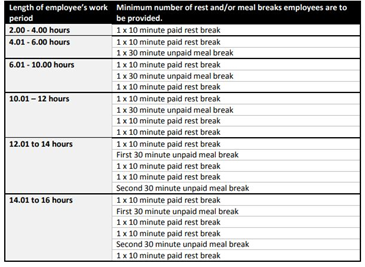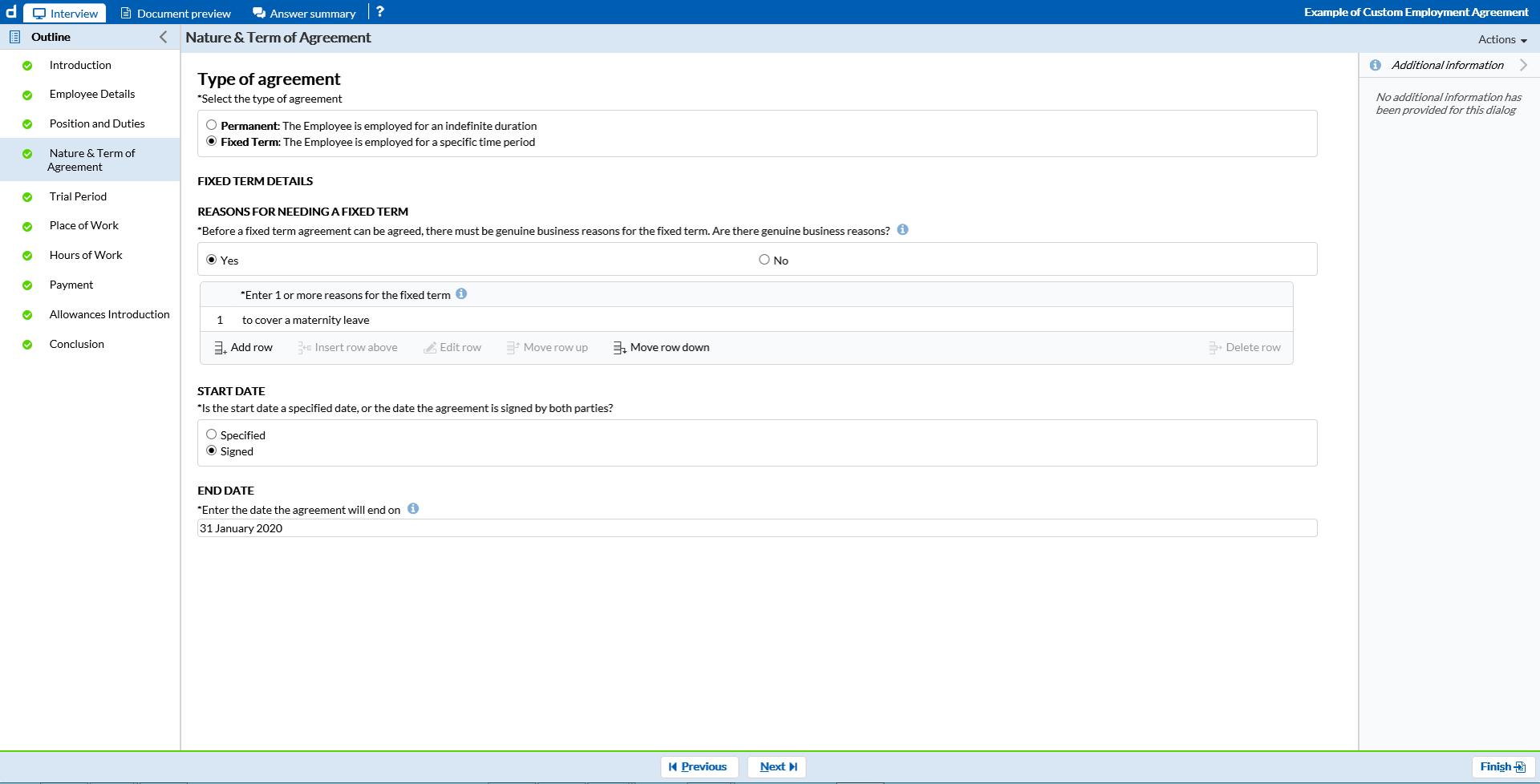The law regarding break allowances for employees has recently changed.
The Employment Relations Amendment Act 2018 has amended the Employment Relations Act 2000 to state that:
“an employee is entitled to, and the employee’s employer must provide the employee with, rest breaks and meal breaks”.
Are you up to speed with the new changes and what they require?
What are the new requirements?
The duration and frequency of rest and meal breaks is determined by the length of the employee’s work period.
MBIE has set out these guidelines to determine the length and frequency of rest and meal breaks:

While an employer must ensure that an employee is provided adequate rest and meal breaks in accordance with the legislation, there is flexibility as to when these are to be taken. This can be discussed and agreed upon between the employer and employee.
In the absence of an agreement, the breaks must be taken in accordance with the guidelines set out above.
The legislation provides an exemption to the prescribed rest breaks if the employee is engaged in essential services or in the protection of New Zealand’s national security, as defined in the Act. In these circumstances, the employer and employee may agree that the breaks are to be taken in a different manner. If agreement is not reached and the employer is not providing the prescribed rest breaks, the employer must provide compensatory measures. These measures could be a later start or earlier finish, or financial compensation.
The importance of providing rest breaks
Rest breaks are not only relevant to personal wellbeing, but are a matter of health and safety. A “hazard” under the Heath and Safety at Work Act 2015 includes behaviour arising from physical or mental fatigue. Employers should take all practicable steps to ensure that fatigue in the workplace is not likely to cause harm.
In some cases, employees may not want to take their breaks. While an employee cannot be forced to take a break, it should be emphasised to them that breaks are required by legislation, as well as being a matter of health and safety. Once this has been communicated to the employee, an employer should document each employee that did not take their allotted break, with details of the shift and hours worked.
Penalties for breaching break provisions have not been specified, however it is a good idea to document adherence to the rest break provisions, e.g keeping time sheets detailing breaks taken, to avoid potential penalties in the future.
How to ensure compliance with the new provisions
It is important that employers review the employment agreements they are currently using as soon as possible, to ensure they are in compliance with legislation. For example, a rest break clause that states that breaks are to be taken “at the employer’s discretion/as directed by the employer” would not be sufficient.
An employment agreement could reproduce the guidelines set out above, or simply state “breaks are provided in accordance with the provisions of the Employments Relations Act 2001”. If you are unsure of the requirements, we recommend seeking legal advice when amending employment agreements.
In partnership with LawHawk, Ford Sumner offer a service where we can not only review your employment agreement and ensure it matches legal requirements and market best practices, but is also automated so that you can generate your employment agreement and all your other key employment documents in only a few minutes with 100% accuracy and consistency.

More general employment information
For more information on employment law and related document, please see this guide to New Zealand Employment Agreements.
Contact us
For more information on employment law, please contact Jaesen, Sally or Nina at Ford Sumner.
%20(1).jpg?width=290&name=Gene%20-%20December%202020%20v2%20(1)%20(1).jpg)





